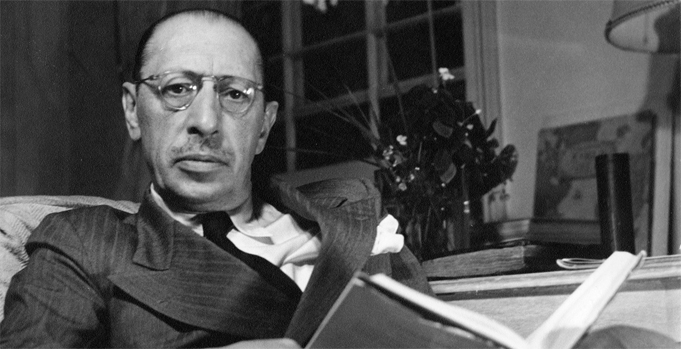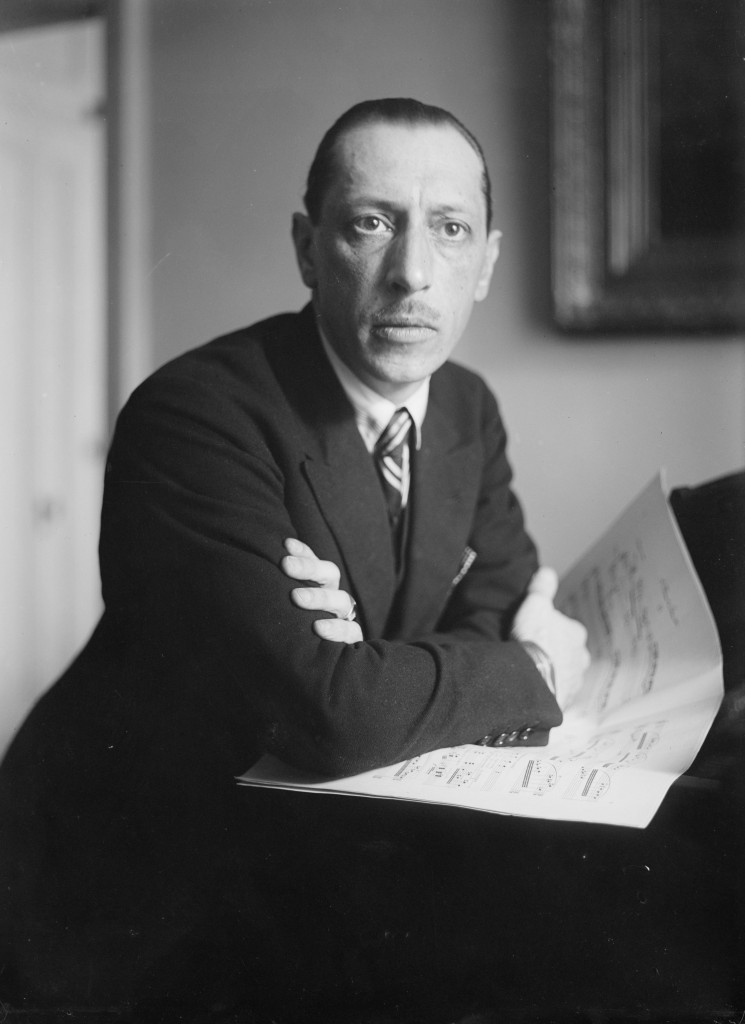Igor Stravinsky was one of the most revolutionary composers of the 20th century, whose innovative compositions reshaped the landscape of classical music. Born on June 17, 1882, in Oranienbaum, Russia, he grew up in a musical household. His father, Fyodor Stravinsky, was a bass singer at the Mariinsky Theatre in Saint Petersburg, exposing young Igor to the world of music from an early age.
Stravinsky initially studied law at the University of Saint Petersburg, but his passion for music led him to pursue studies with renowned composer Nikolai Rimsky-Korsakov. Under Rimsky-Korsakov’s guidance, Stravinsky honed his compositional skills and developed a deep appreciation for Russian folk music and the principles of orchestration.
In 1909, Stravinsky gained international recognition with his ballet “The Firebird,” commissioned by Sergei Diaghilev’s Ballets Russes. The success of “The Firebird” marked the beginning of Stravinsky’s collaboration with Diaghilev and the Ballets Russes, a partnership that would yield some of his most iconic works.
However, it was with the ballet “The Rite of Spring” (1913) that Stravinsky truly made his mark as a revolutionary force in music. The premiere of “The Rite of Spring” in Paris caused a sensation, with its jarring rhythms, dissonant harmonies, and unconventional choreography sparking riots in the audience. Nevertheless, “The Rite of Spring” heralded a new era in music, challenging traditional harmonic and rhythmic structures and inspiring generations of composers to come.
Following the outbreak of World War I and the Russian Revolution, Stravinsky emigrated from Russia and settled in Switzerland, later moving to France and eventually the United States. His compositional style evolved over time, moving away from the lush romanticism of his early works to embrace neoclassicism—a style characterized by clarity, balance, and a return to classical forms and techniques.
In the 1920s and 1930s, Stravinsky composed a series of neoclassical masterpieces, including “Pulcinella,” “Symphony of Psalms,” and “The Rake’s Progress.” During this period, he also experimented with serialism—a technique that employed strict ordering of the twelve chromatic tones—culminating in works like “The Serial Symphony” and “Threni.”
Throughout his career, Stravinsky continued to push the boundaries of musical expression, exploring new forms, techniques, and collaborations. His legacy extends far beyond his own compositions, influencing a diverse array of composers, from avant-garde innovators to film scorers.
Igor Stravinsky died on April 6, 1971, in New York City, leaving behind a vast and enduring legacy that continues to inspire and challenge musicians and audiences alike. His fearless exploration of musical possibilities and unwavering commitment to artistic innovation ensure his place as one of the most significant figures in the history of classical music.


Comments are closed